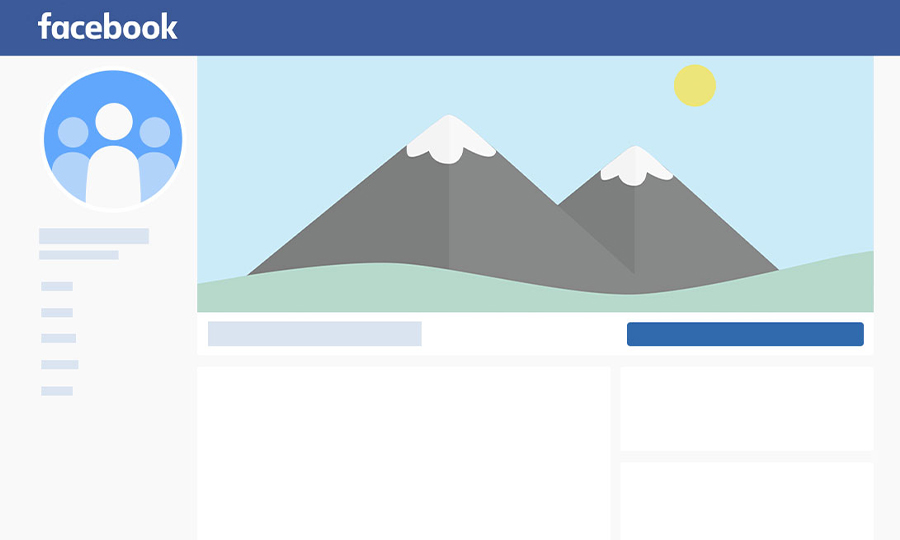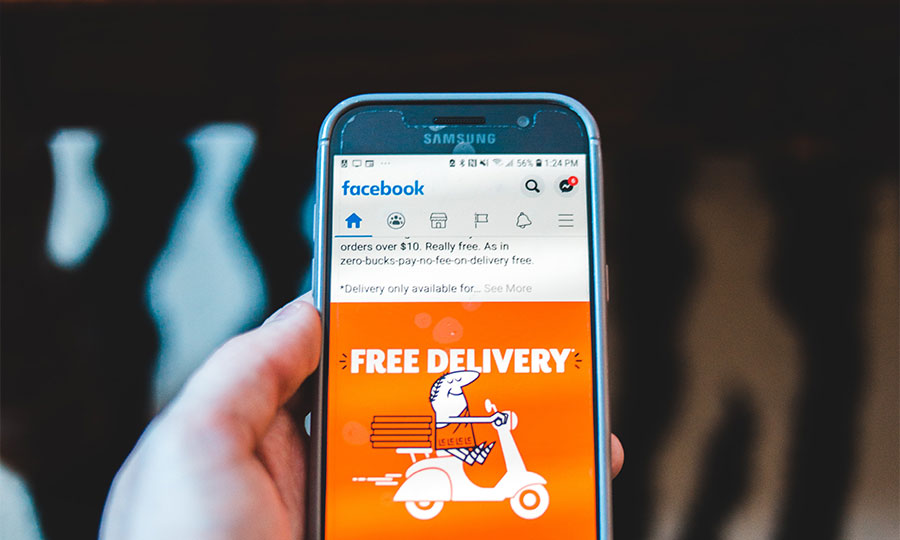The 4 Things Every Facebook Ad Needs to Succeed
Running a succesful campaign on Facebook shouldn't be a guessing game. These are the top four elements your campaign is missing right now.
Hey bro - if you feel like this post helped you, why not leave us a lil review?
Reporting 2.8 billion monthly active users in 2020, Facebook continues to reign supreme as the top social media platform in the world. It's no surprise that the social network's high volume of daily users has led to it becoming one of the most popular platforms for advertisers, showing total advertising revenue at $20.7 billion in Q4 of 2020.
With the amount of ad spend steadily growing, the average Facebook user has grown accustomed to seeing multiple sponsored posts at any given time while scrolling through the app. As so many companies look to expand their online presence in one place, businesses have to work harder than ever to capture and keep their target audience's attention.
How can businesses push out effective Facebook ads without being lost in a saturated digital landscape? Creating successful campaigns comes down to having the following essentials:
- Well-Defined Target Audience
- Messaging That Connects
- Eye-Catching Visuals
- Measurable Goals
1. Well-Defined Target Audience
One of the first steps in planning any ad campaign is knowing exactly who you want to buy your product or service. Advertisers need to have a clearly defined buyer persona for each of their target audiences. Don't feel overwhelmed if you've never created one before - check out our handy post that outlines how to make buyer personas that help you convert!
You should be able to define the most basic attributes of your target audience, like their age, gender, location, and interests. In addition, where and how are they spending their time online? Are they on Facebook, Instagram, or both? Are they doing most of their browsing on a desktop computer or scrolling on their phone?
Knowing who to exclude in your ad's target audience is just as important as who you include. Accurate, meaningful targeting makes all the difference when it comes to using your budget efficiently. Every dollar spent showing an ad to an uninterested user is a dollar that could have gone towards an interested potential buyer.
Businesses should also be careful that their ads don't compete with each other. Each ad set should have its own specified targeting criteria that don't overlap with different ad sets. It's always a good idea to organize your audiences into their own ad sets, making sure the visuals and messaging reflect the demographic you're looking to target.
Last but not least, remember to always follow Facebook's best practices by staying updated on their rules for targeting, especially for ads that center around housing, employment, or potentially illegal products.
2. Messaging That Connects
Once the target audience for an ad has been clearly defined, it's easier to get started on creating the messaging behind the campaign. To maintain interest in an ad, Facebook users need to identify with the opening line of the text immediately. In other words, they need to feel called out.
How can you call out a user that's scrolling through their news feed at the speed of light? The fastest way to lose most people's attention is by starting your ad off with an immediate sales pitch. Instead, shift the focus away from what you're selling and towards what actually matters - the buyer!
Users are much more likely to give their attention to something that resonates with them emotionally. The easiest way to form this connection is by addressing a pain point of theirs. If you sell indestructible dog toys, a pain point for your potential customers might be that their furry friend is constantly making a mess around their house when chewing the stuffing out of traditional toys.
Whatever the pain may be, address it in the first sentence and THEN go on to explain how your product/service is the solution to their problem. Don't forget to include a call-to-action that motivates users to do something, whether that's visiting a product page on your website or signing up for a newsletter.
Also, consider what your ad text looks like to the fast-scrolling eye; nobody wants to read a massive wall of text. Try to keep your copy as short as necessary to get the point across, being sure to break up any walls of text by including line breaks or bulleted lists. Depending on your audience, emojis can be another great way to add pauses and structure to your messaging.
Since there's no definitive number of words that guarantees a successful campaign, experiment with different word counts to see what your audience resonates with most. Keep the mobile vs. desktop experience in mind as well - mobile users may have to click "Read More" to see any text below your ad's first sentence.
3. Eye-Catching Visuals
Any successful ad has to be visually appealing enough to "stop the scroll" (that's when content is engaging enough to cause a user to pause what they're doing and take notice). Facebook offers a multitude of media options for ads, so experiment with different types and visuals to find what works best for you.
Read the Blog: How to Take Quality Photos for Your Social Media Pages
The main idea is that your audience should have a clear picture of your brand and what you're selling just by the visual. We've found that people tend to respond more positively to ads that feature a face, so try to incorporate people into your visuals as much as possible.
Be bold with colors and contrast - remember, you're trying to stand out amongst hundreds of other images. Try to steer away from using plain white backgrounds in your images, as they blend into Facebook's already-white feed and thus stand out less than darker backgrounds.
A best practice that Facebook has continuously pushed to advertisers is to minimize the use of text in visuals as much as possible. Up until recently, Facebook would actually show text-heavy ads less frequently than those without text to improve the overall user experience. If you do put text in your images, make sure it's legible on both desktop and mobile devices. In the same vein of catering towards user experience: when it comes to video ads, be sure that the user doesn't need the sound to be on for the video to make sense.
4. Measurable Goals
The last necessity for running a successful Facebook campaign is an understanding of what your goals are. Goals can range from an increase in page likes to a certain number of product purchases. The most important thing to remember about creating your goals is that they should follow the SMART goal criteria. SMART stands for Specific, Measurable, Achievable, Relevant, and Time-bound.
- Specific: What needs to be done? The goal should target a specific area for improvement.
- Measurable: Can it be measured? The goal should be quantifiable with indicators of progress.
- Achievable: Can it be done? The goal should be reasonable.
- Relevant: Should it be done? The goal should align with your company mission.
- Time-bound: When will it be done? The goal should have a deadline.
The following are examples of SMART goals:
"Get an average of 20 online orders daily by the end of May."
"Surpass 10,000 Facebook followers on our company page by the end of Q4."
"Grow our list of email subscribers to 500 by Labor Day."
After defining your goal for a Facebook campaign and making sure it's SMART, it's essential to measure your milestones regularly. After all, monitoring your progress is necessary to see if your efforts are moving you towards your goal.
Keep in mind that many of the vital success factors that influence Facebook ads are actually done outside of the social media platform. Setting up Facebook's tracking pixel on your site, optimizing your landing pages, and setting up a quality marketing/sales funnel are just some of the additional things necessary to bringing an ad campaign to its full potential.
Not sure where to start and feeling overwhelmed by the world of Facebook ads? Let us take the weight off your shoulders! Our team comprises creatives, strategists, and marketing experts ready to take your business to the next level of success.
For more information on how your business can grow with Teamwork, contact us for a free consultation.






